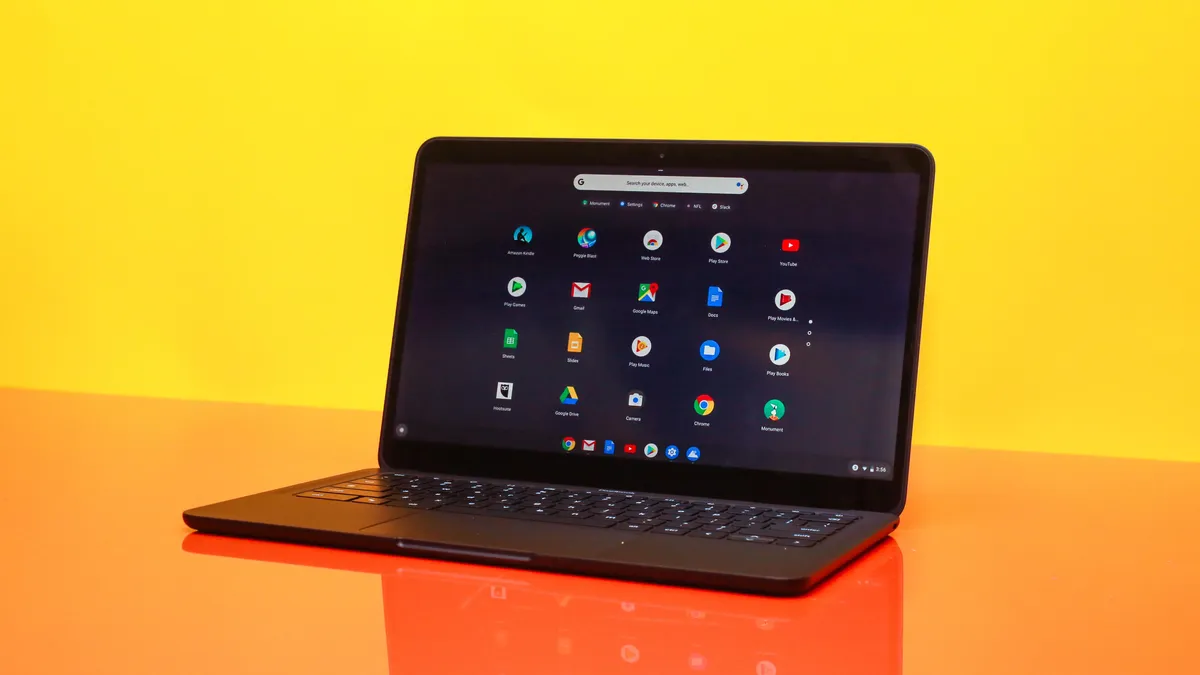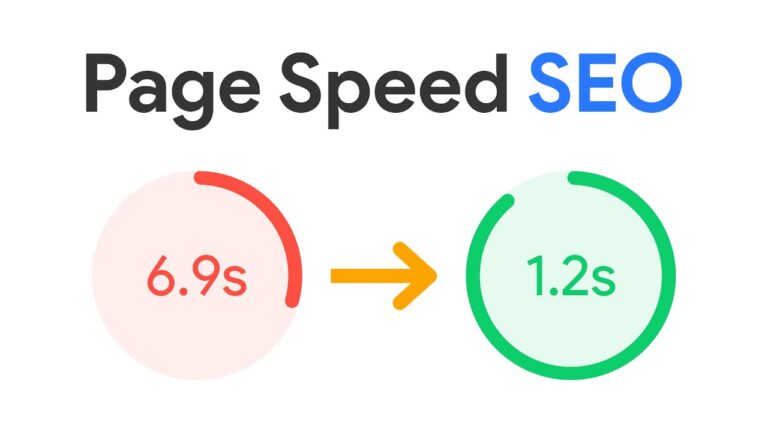Over the past months, Chromebook for education has turned into one of the most talked-about issues in Indonesia. The debate goes far beyond a single product—it touches on how schools, governments, and communities approach digital transformation in education.
For many teachers and parents, the sudden push for Chromebooks raised an important question: Why this device, and why now? On the one hand, it symbolized a big step toward modern learning—bringing cloud-based collaboration, lightweight devices, and integration with Google Classroom. On the other, it also sparked concerns about cost efficiency, infrastructure readiness, and whether the technology actually fits the real needs of schools, especially in remote areas.
At Noethera, we see this moment not just as news, but as a lesson: any technology adoption in education—or in business—needs to balance innovation with practicality. Tools should empower users, not burden them. And that’s exactly what makes the Chromebook discussion so relevant for anyone navigating digital change today.
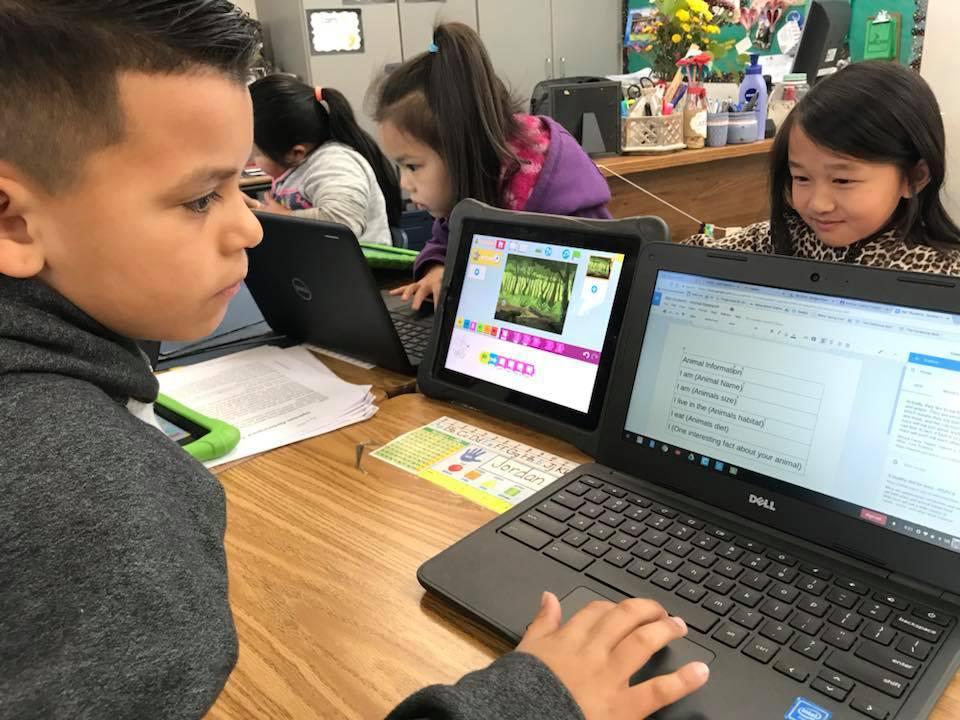
What Is a Chromebook and How Does It Work in Schools?
A Chromebook is a type of laptop that runs on Chrome OS, a lightweight operating system built around the Google Chrome browser. Unlike traditional laptops that rely heavily on installed software, Chromebooks are designed to work primarily with cloud-based applications.
For education, this means students and teachers can access tools like Google Classroom, Docs, Sheets, and Drive directly through the browser. Files are stored in the cloud, making collaboration easier and reducing the risk of data loss if a device is damaged.
Chromebooks also boot up quickly, require minimal maintenance, and automatically receive security updates. These features make them attractive for schools that want affordable, easy-to-manage devices for large numbers of students. However, their effectiveness depends heavily on whether schools have reliable internet connections—a challenge in many regions of Indonesia.
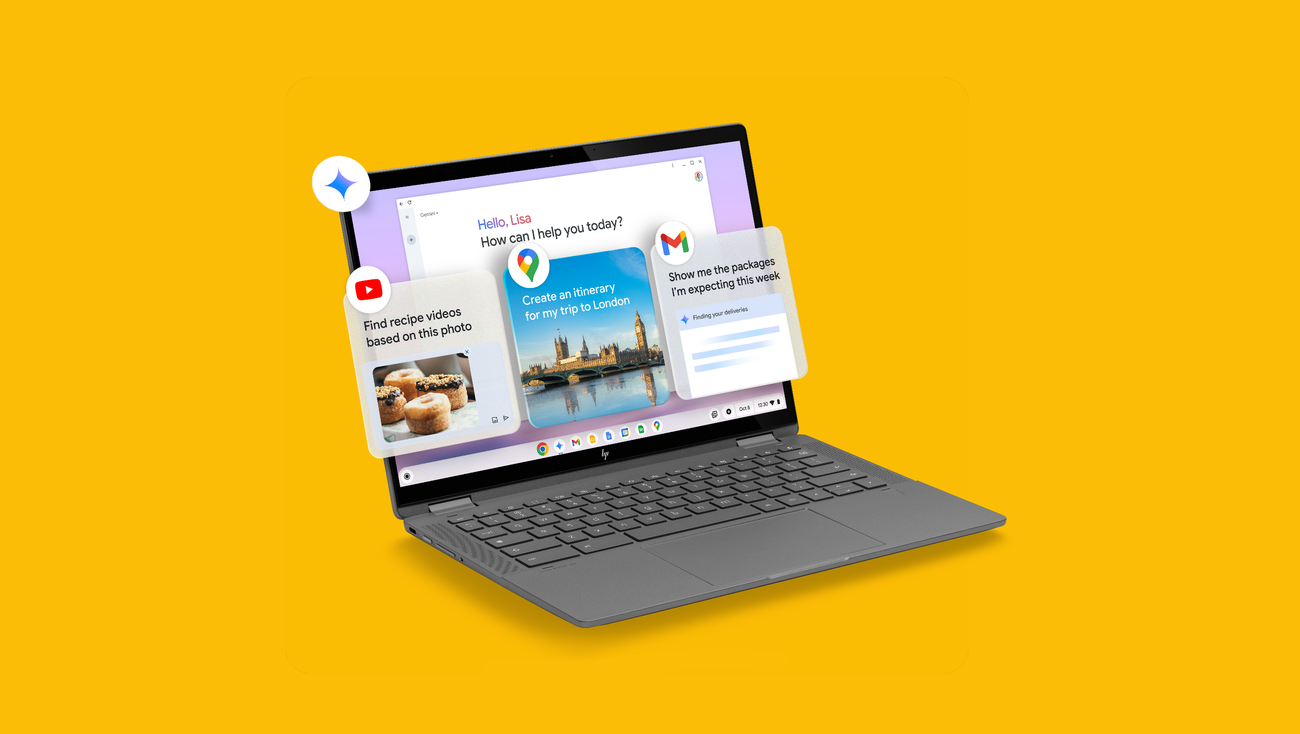
The Advantages of Chromebooks in Education
When schools first considered adopting Chromebooks for education, the main appeal was their simplicity and cost-effectiveness. Compared to traditional laptops, Chromebooks are generally more affordable, making it possible for schools to provide devices to a larger number of students without breaking the budget.
Another key advantage is ease of use and maintenance. Chromebooks boot up within seconds, require little to no IT support, and receive automatic security updates. For schools with limited technical staff, this reduces a significant amount of workload and cost.
From a learning perspective, Chromebooks are built for collaboration. With Google Workspace for Education, students can work together on assignments in real time, share resources through Google Drive, and interact with teachers via Google Classroom. This encourages a more interactive and connected learning environment.
Finally, Chromebooks are lightweight and portable, making them easy for students to carry between school and home. In many ways, they align well with the growing need for digital-first education.
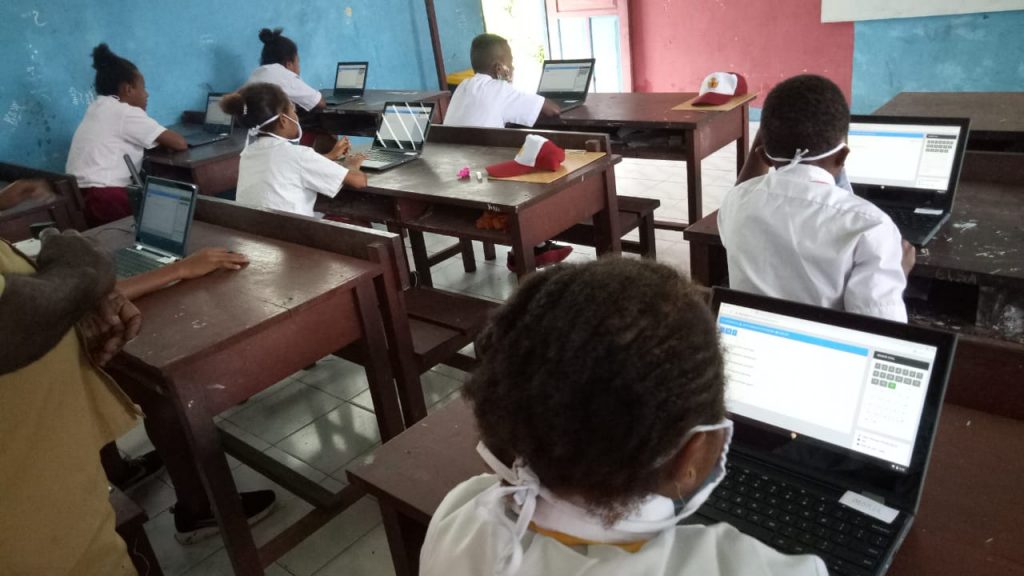
The Challenges of Using Chromebooks in Indonesian Schools
While the advantages of Chromebooks in education are clear, their adoption in Indonesia also faces significant challenges. The most critical is internet connectivity. Chromebooks depend heavily on cloud-based applications, which makes them less effective in rural or remote schools where stable internet access is still a luxury.
Another challenge is limited software flexibility. Unlike Windows or macOS laptops, Chromebooks cannot run many locally installed applications. This can be a problem for schools that require specialized offline software or learning tools that are not available on Chrome OS.
There is also the risk of vendor lock-in. By relying heavily on the Google ecosystem, schools may find themselves dependent on one provider, with fewer options to switch if needs or costs change in the future.
These challenges highlight an important lesson: technology adoption is not just about affordability or innovation. It also requires infrastructure readiness, local adaptability, and long-term sustainability—factors that every school and business should carefully evaluate.

Lessons from Chromebooks: For Schools and Businesses
The Chromebook story in Indonesia offers valuable lessons that go beyond education. It shows us that digital adoption must be guided by strategy, not just trends.
For schools, this means testing technology in real conditions before scaling up, ensuring internet and infrastructure are ready, and choosing tools that truly match students’ needs. For businesses, the message is similar: investing in technology without a clear plan can create more problems than solutions.
At Noethera, we’ve seen many organizations—schools, cafés, surf schools, and SMEs—struggle with the same challenge: choosing digital tools that actually work for them. That’s why we help our partners evaluate options, design strategies, and implement solutions that are affordable, sustainable, and user-focused.
Because whether in education or business, technology should empower people—not complicate their work.

